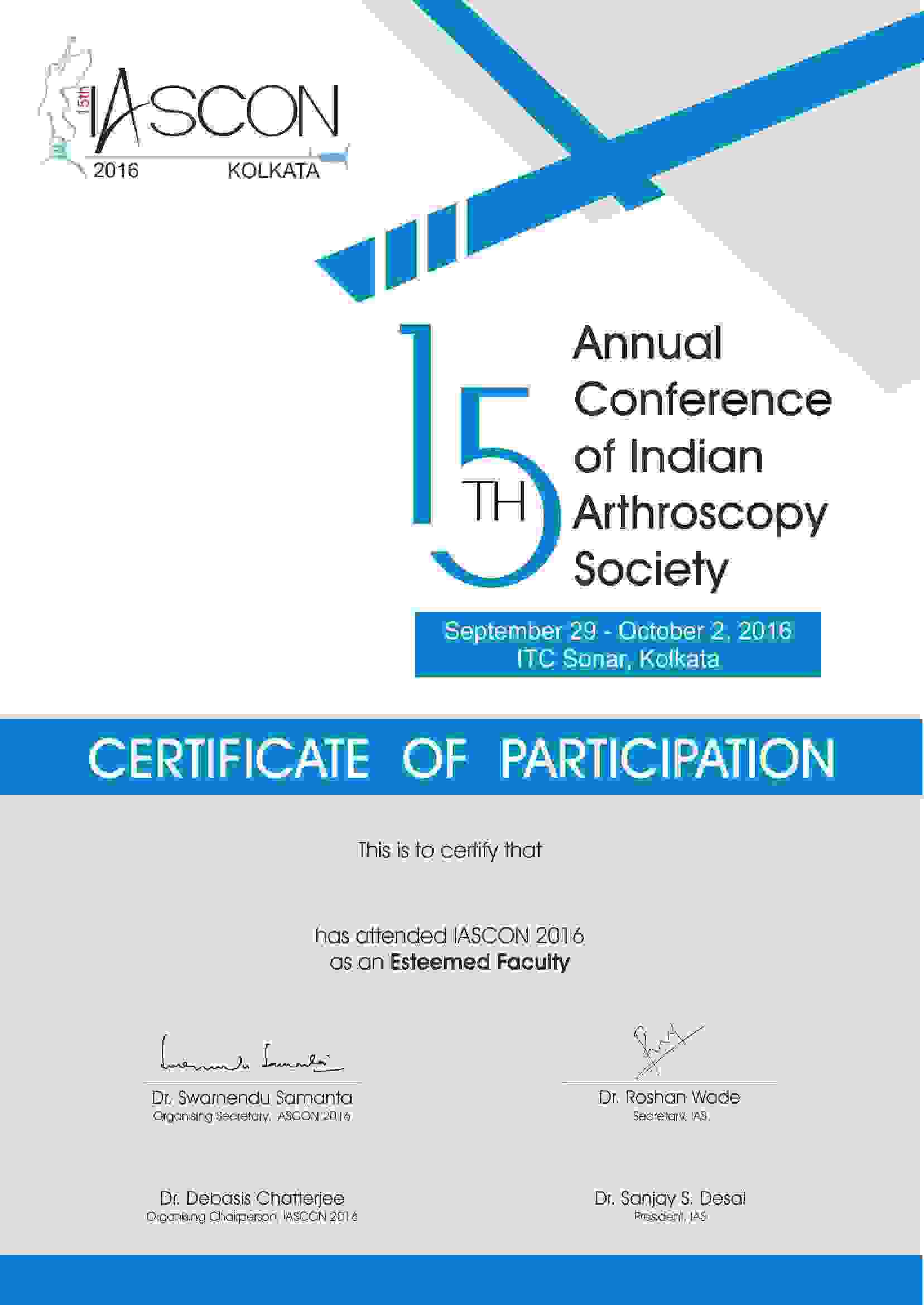Avulsion injuries are increasing at a stupendous rate in areas like sports. Avulsion happens when the bone fragments detach from the original position. Detachment can happen when the tendon, joint capsule or the ligament detaches away. These injuries may be observed as tiny fragments adjacent to the damaged site.
Fractures occurring in the anterior & posterior cruciate ligaments are the prominent among the avulsion fractures.
ACL and PCL Avulsion fractures: These sorts of fractures arise from excessive knee hypertension or by a deadly blow over the distal femur end.
ACL Avulsion fracture: Generally AC ligament tears affect the midsubstance of the ligament. However in some cases, avulsion can also occur in the tibial side. This is more commonly seen in children. The common symptoms shown are flexed knee, aching and anterior instability. ACL fractures in adults are observed to be due to hyperextension like vehicle injury.
PCL Avulsion fracture: Early diagnosis of PCL avulsion fracture is very important since PCL evaluation is difficult both arthroscopically and clinically. The fracture is often said to affect the tibial insertion. Reasons for such a fracture are multiple such as the anterior tibia being directly hit.
Hyperextension is commonly experienced along with athletic trauma.
Arthroscopic fixation is mostly done for treatment of these kinds of fractures. Arthroscopic Fixation: As in any procedure, arthroscopic examination is done in detail. Absence of soft tissue interposition needs to be confirmed. After that a staple fabricated of titanium is threaded into a specially designed instrument called the intruder and inserted into the fragment. The staple is then driven into the tibial area by gently pushing the intruder. The intruder is now unscrewed from the staple. The damaged fragment is fixed with the staple.










